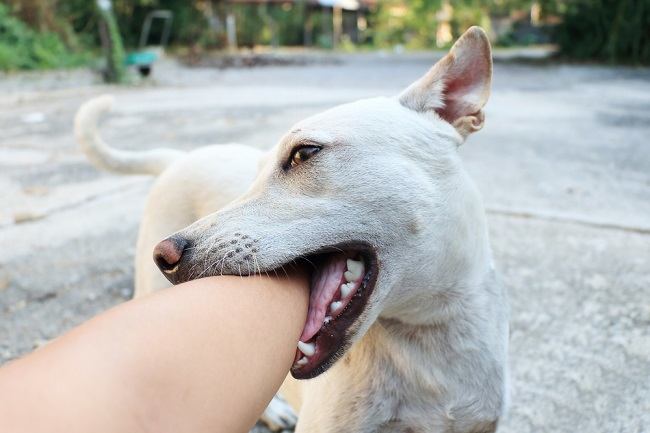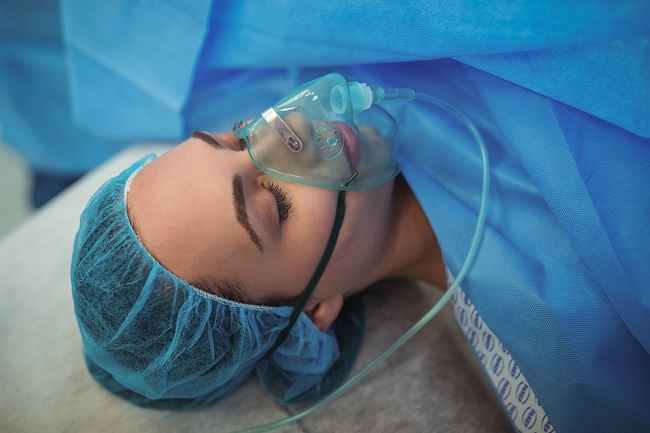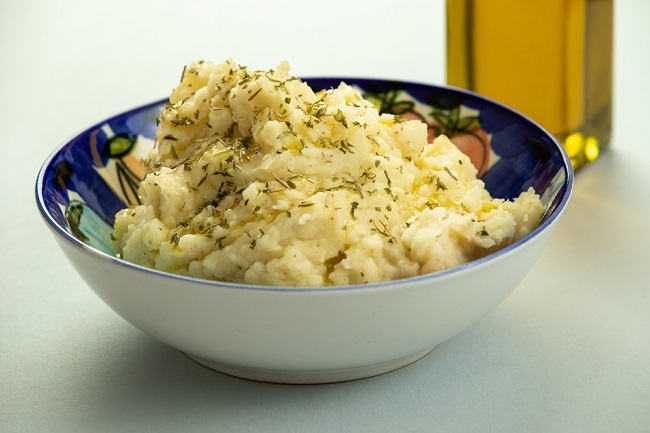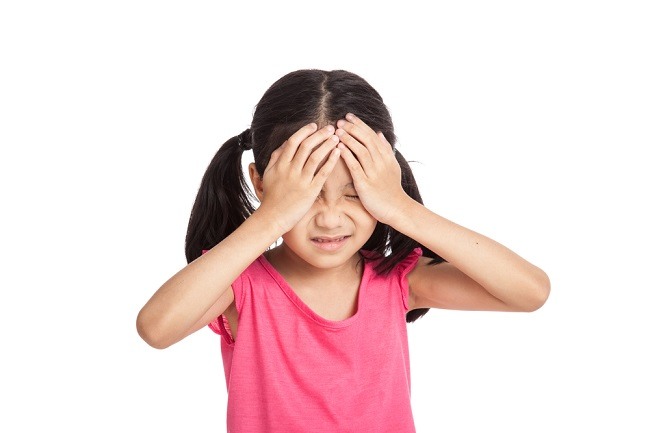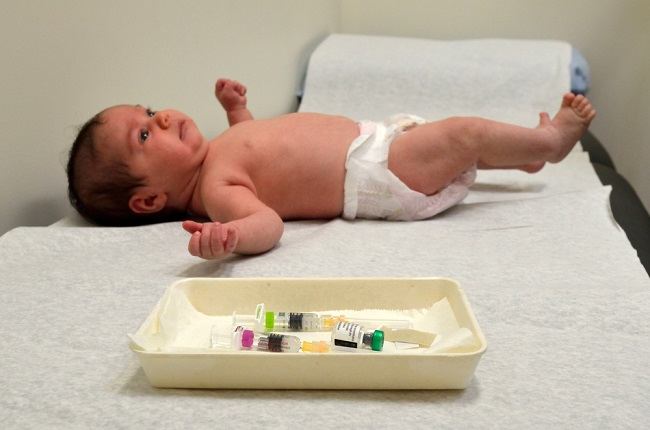There are several causes of nosebleeds in children while sleeping, ranging from the habit of picking their noses, sores on the nose due to falling from the mattress, to colds or allergies that often recur. Usually nosebleeds last for a few seconds to 10 minutes, and can stop by itself.
Nosebleeds are common in children between the ages of 3 and 10. When nosebleeds occur, the blood that comes out does look a lot, but nosebleeds in children rarely cause serious medical problems.

A series of causes of nosebleeds in children swhen sleeping
Bleeding from your little one's nose may surprise and worry you. However, there is no need to panic. Children are more prone to nosebleeds than adults, because the blood vessels in their nose are more numerous and thinner.
There are several other causes that can be the cause of nosebleeds in children while sleeping, namely:
1. Frequently picking the nose
The first cause of nosebleeds in children during sleep is the habit of picking their nose frequently.
While doing this, the tip of the nail used to pick the nose could tear or injure the tiny blood vessels located inside the nose. This is the reason why your little one can have nosebleeds when they are busy picking their noses.
2. Dry air
Too often being in an air-conditioned room for a long time makes the nasal cavity dry. This will then cause crusts due to drying of the mucus in the nose, which will irritate the nasal mucosa. When scratched, blood will come out of the blood vessels in the nose.
3. Allergies or colds
Diseases that can cause symptoms of nasal congestion and irritation, such as colds, sinusitis, and allergies, can cause nosebleeds. In addition, dust in the room can also be a trigger for allergies in children. When there is inflammation due to allergies or irritation of the nasal mucosa, the blood vessels will become more fragile and bleed easily.
4. Injury to the nose
Some children often delirious while sleeping. Some children even walk or struggle when they are delirious. This can cause the child to get injured by hitting his face against the edge of the bed or a wall. If this happens, your little one can experience nosebleeds due to an injury to the nose.
In addition to injuries due to sleep delirious, nosebleeds in children during sleep can also occur due to the entry of foreign objects into the little one's nose.
5. Blood clotting disorders
Although rare, one of the things that can cause your little one to experience frequent nosebleeds is blood clotting disorders. This condition can occur as a side effect of medications, such as blood-thinning medications, or certain diseases.
Children who have blood clotting disorders can experience sudden bleeding, such as at bedtime or frequent nosebleeds when they are active at school and playing.
Here's what to do when your child has a nosebleed
Nosebleeds that are not caused by an injury are generally painless. However, your little one may feel shocked and panicked if they experience it while he is sleeping.
Here are some things you should do when your little one has a nosebleed:
- Ask him to sit up straight in a comfortable position while leaning slightly forward.
- Instruct your little one to breathe through the mouth so that the blood is not swallowed. If the blood is already in the mouth, ask your child to spit it out.
- Press the nostrils gently for 10 minutes. The goal is for the blood to clot quickly and the bleeding to stop immediately.
- Wrap a cloth with ice cubes, then place it on the back of the neck or on the nose.
If the nosebleed is caused by dry air, try using a humidifier in your little one's bedroom, so that the air you breathe doesn't dry out the nasal cavity. In addition, to prevent further irritation of the lining of the nasal mucosa, as much as possible keep your little one away from allergy triggers, such as dust and cigarette smoke.
Nosebleeds in children during sleep are often not caused by a dangerous condition. Even so, you need to immediately take your child to the doctor if the bleeding is profuse, the nosebleed lasts more than 30 minutes, or is accompanied by symptoms of dizziness, pale skin, chest pain, and shortness of breath.



